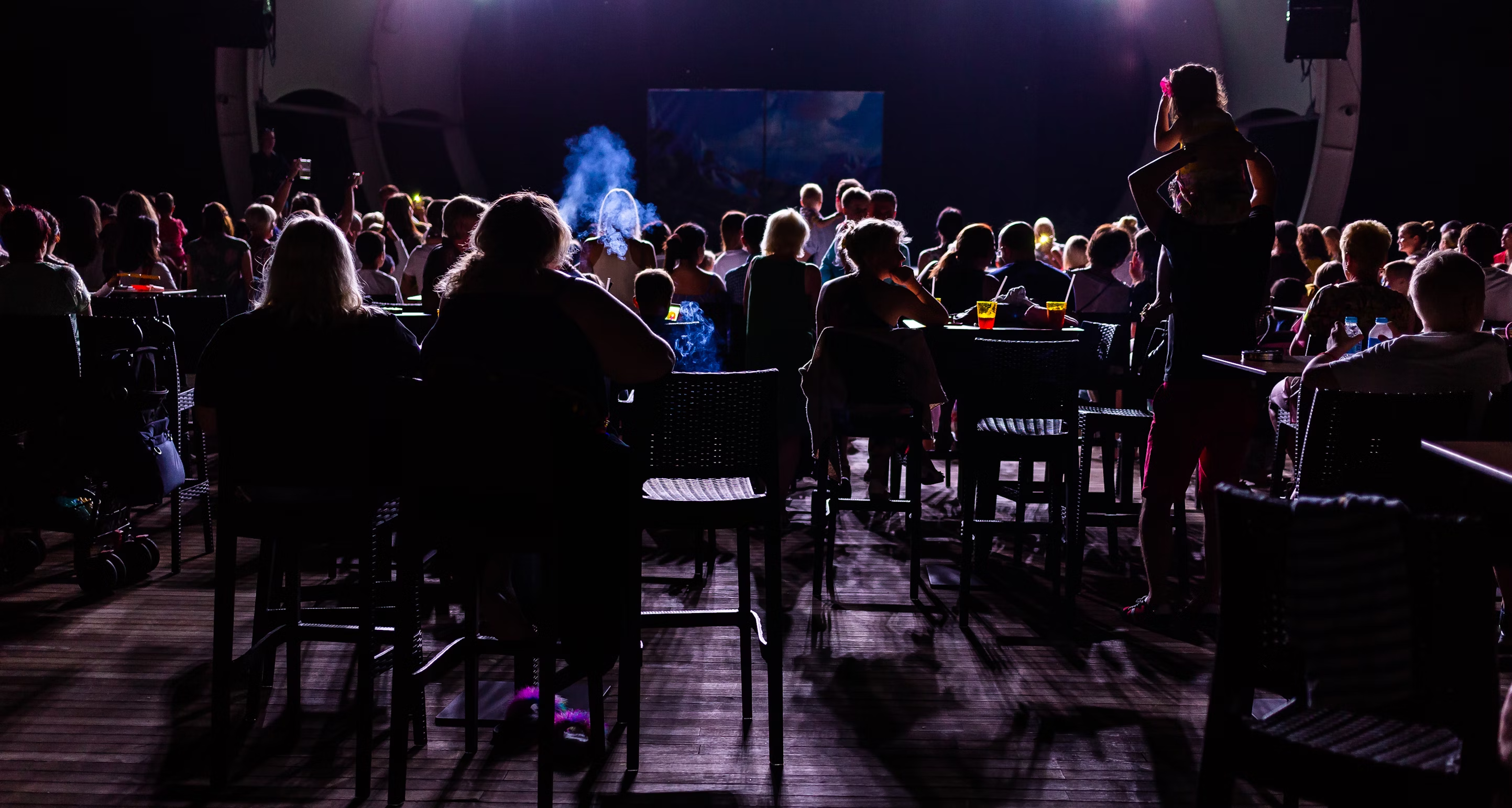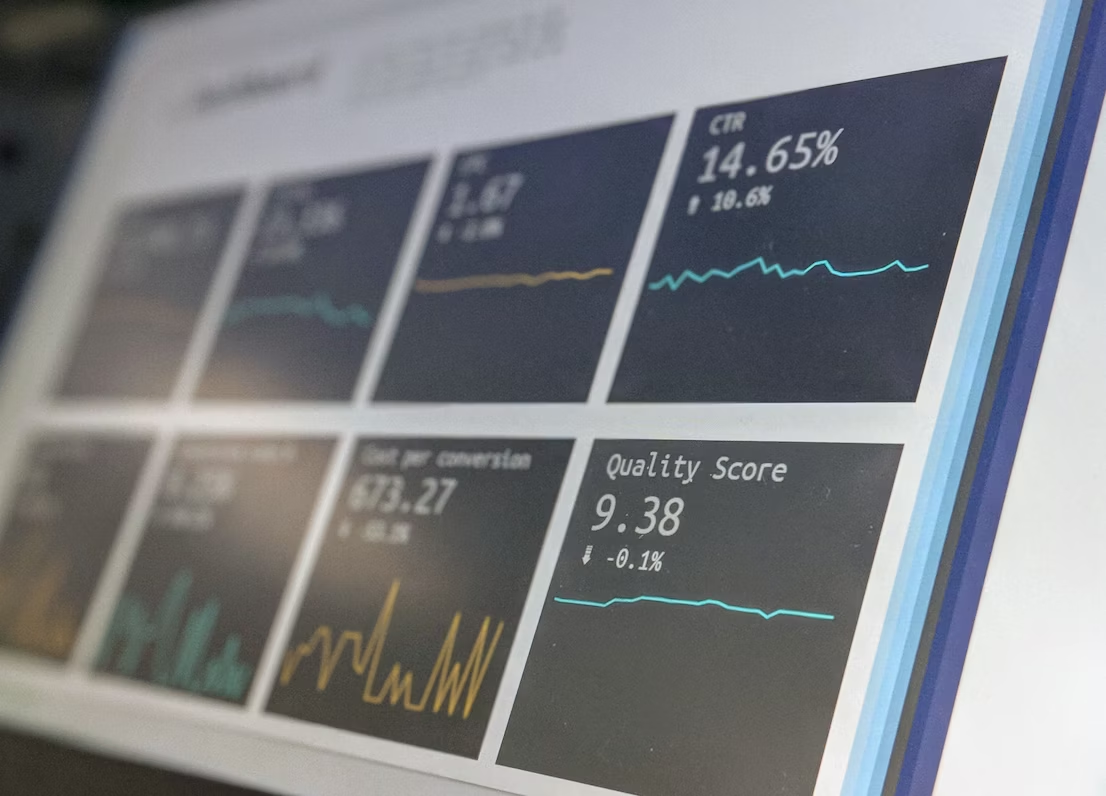Introduction
As the curtain rose for the opening night of a new modern adaptation of Shakespeare's Hamlet, the director watched nervously from the wings. Though the actors hit their marks and delivered their lines flawlessly, something felt off. The interpretations felt stale, the staging too traditional, the costumes drab. Despite months of preparation, the production already seemed dated and uninspired.
Later, over drinks with the cast, the director lamented how she wished she could have taken more creative risks. If only she had a bigger budget for an avant-garde set design, Video projections, and costumes. If only the play selection committee would approve edgier, more contemporary works. If only her actors were trained in experimental performance techniques. She had so many ideas that never came to fruition due to the limitations of working in theater today.
This anecdote illustrates how limiting mindsets and practical constraints can hold back innovation and creativity in the world of theater. Though directors, playwrights, and dramaturgs may dream big, their visions are often hampered by resistance to change, tight budgets, and narrow perspectives within the industry.
Mindset Against New Approaches
Many theatre professionals today are reluctant to try new approaches and methods due to tradition and fear of change. There is a pervasive mindset that the "tried and true" ways of producing theatre are the best, even if they limit innovation and audience growth.
This adherence to tradition stems from a resistance to altering practices that have worked in the past. However, it prevents exploring new techniques that could enhance the theatre experience. There is often pushback when suggestions are made to update approaches, incorporate technology, or make structural changes to productions or theatre companies.
Additionally, the fear of change leads to dismissing innovative ideas without fully considering their potential value. Theatre professionals may not see the benefits of incorporating new technology, freshening staging, or expanding target audiences. There is comfort in continuing as things have always been done versus venturing into unknown territory.
Overcoming these mental barriers is key to enabling progress and evolution within the theatre world. Tradition has its place, but should not constrain trying new things that could elevate productions, engage modern audiences, and secure the future of the performing arts.
Resistance to New Technology
Many theater professionals are resistant to adopting new technologies in their productions. This can manifest in continued reliance on outdated tools and processes. For example, some theaters still use antiquated lighting and sound systems that limit the creative possibilities for productions.
Additionally, many theater companies stick to traditional set design and construction techniques rather than utilizing modern technology like digital fabrication, 3D printing, and computerized scenic automation. This resistance to modern stage technologies restricts the scope of what's possible for set changes and special effects.
Outdated approaches extend into backstage processes as well. Some theater organizations cling to paper-based systems for ticketing, donor management, and show budgets even as digital options could streamline these tasks. This reluctance to modernize business operations side of theater echoes the resistance to new tech on the creative side.
Overall, clinging to old ways of doing things restricts innovation and creativity in many facets of theatrical productions. A shift in mindset and willingness to embrace new tools could allow theater professionals to enhance their productions and operations.
Lack of Innovation
Many theater professionals today rely too heavily on producing familiar, proven works rather than developing new and innovative material. As noted in an article on emerging trends in theater, there is often resistance to producing new works, with most major theaters preferring revivals of well-known titles.
This lack of innovation leads to theaters doing the same tired productions over and over again. Rather than taking risks on exciting new plays and musicals, many theater companies play it safe by staging revivals and familiar titles from the theatrical canon. While producing the classics certainly has merit, an over-reliance on this prevents the artform from moving forward. As argued in another article, theaters should aim to find a balance between honoring the past and developing original new works.
Part of this stagnation stems from a reluctance to embrace innovation and change within the industry. Theater professionals today need to push beyond their comfort zones and limitations by actively seeking out and developing innovative new theatrical experiences. This will require taking risks, but has the potential to revitalize and push the artform forward.
Budget Limitations
Many theatre organizations operate on tight budgets that limit their ability to take creative risks or experiment with new approaches. According to an article on Playbill, "How a Low-Budget Theatre Can Still Go High Tech", most non-profit theaters have limited resources to invest in technology and innovation. This forces them to stick to tried-and-true productions that they know will sell tickets rather than developing new works that could fail. As the article on GIArts states, "Innovation in Theater", funders are often more likely to donate to classic productions than experimental works, further limiting a theatre's ability to try new things. With tight purse strings, many organizations simply can't afford to take risks, even if that means their art form stagnates. This financial limitation significantly hinders the theater world's ability to push boundaries and evolve.
Narrow Perspectives
Theatre organizations often suffer from a lack of diversity and narrow perspectives amongst staff and creative teams. Many theaters have historically had predominantly white, male leadership and homogenous creative teams. This lack of diversity limits creativity and innovation, as homogenous teams tend to think alike. Studies show diverse teams are often more innovative and successful than homogeneous groups.
By not embracing diversity and actively recruiting from underrepresented groups, theaters limit their range of stories, perspectives, and creative approaches. Leadership and teams composed of people with similar backgrounds and experiences can unconsciously limit the scope of programming and fail to consider nontraditional artistic choices. Expanding diversity opens up new narratives, aesthetics, and creative possibilities.
As one example, the Broadway Bridges program exposes NYC students to theater and helps build the pipeline for future diverse theater professionals. Organizations that value and prioritize diversity are better equipped to attract talent, take creative risks, and resonate with today's audiences.
Audience Development
Many theatre organizations rely too heavily on their existing loyal audience base and struggle to reach new or younger audiences. This can create an echo chamber effect, where programming appeals to a narrow demographic and fails to attract diverse perspectives. While loyalty is valuable, overdependence on a shrinking base of aging patrons is not a sustainable model for the future.
Some limitations within audience development include:
- Not utilizing data to understand audience motivations and barriers
- Focusing too much on marketing tactics without an overarching strategy
- Failing to make audience research and growth an organizational priority
- Lacking vision, innovation and experimentation in programming and outreach
- Difficulty bridging the gap between traditional art forms and evolving audience interests
To stay vital as an art form, theatre must find creative ways to broaden its reach beyond the existing loyal base. This requires viewing audience development as an ongoing process of understanding, segmenting, accessing and retaining new audiences. With an intentional strategy and long-term commitment, theatres can cultivate new patrons and advocates for the future.
Limited Training
Many theater professionals face a lack of development opportunities to expand their skills or learn new techniques. Outdated educational approaches in some training programs fail to equip emerging artists with the versatility needed for 21st century theater. Rigid curriculums focused solely on classics or traditional methods leave less room for experimentation or hands-on learning with new technologies. This can perpetuate limited mindsets and make it harder for theater makers to keep up with innovations that could enhance their productions. Providing more dynamic, multi-disciplinary training is key to fostering creativity and empowering the next generation of theater professionals. With more openness to evolving forms and formats, artists can gain the tools to bring fresh, invigorating visions to the stage.
Resistance to Change
Change is always difficult, but especially so for established organizations like theaters. There is often significant inertia and resistance when it comes to shifting mindsets that have been entrenched for a long time (Schreyögg 2001). Many theater professionals cling to traditional ways of operating and are hesitant to embrace new approaches or technologies that could improve operations, reach new audiences, and breathe fresh life into productions.
This resistance stems from theater's long history and tradition. There can be a perception that the "old ways" are the "right ways" and that deviating from tradition could undermine the art form. Additionally, change requires effort and poses risks, which can be daunting. It's more comfortable for professionals to continue operating as they always have rather than to learn new skills and workflows.
Overcoming these challenges requires strong, visionary leadership that can communicate the benefits of embracing change and provide support through the transition period. But fundamentally, the deeply ingrained perspectives and habits present in established theater organizations make meaningful change an uphill battle.
Conclusion
Theatre professionals today face limitations that hold back the artform from reaching its full potential. Many cling to traditional approaches and are resistant to integrating new technology and innovative ideas. This closed-mindedness stems from fears of change, budget constraints, and narrow perspectives.
However, the most impactful art challenges conventions and pushes boundaries. Theatre has always adapted with the times, evolving from ancient Greek amphitheaters to Elizabethan stages to modern Broadway musicals. Rather than limiting creativity, professionals must embrace change and expand their thinking.
Theatre companies should invest in training, collaborate across disciplines, and actively seek out new voices. Most importantly, they must listen to and engage with audiences in new ways. The goal should be to create transformative experiences that reflect our complex, diverse world.
There are always risks with changing practices, but the greater risk is becoming obsolete. Theatre must continue to reinvent itself. The potential rewards of revitalizing the artform are immense. Theatre professionals at all levels must be bold, break down barriers, and never stop innovating. The stage is set for those ready to push boundaries and breathe new life into an ancient art. Let the curtains rise on a reimagined theatre for the 21st century and beyond.









